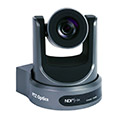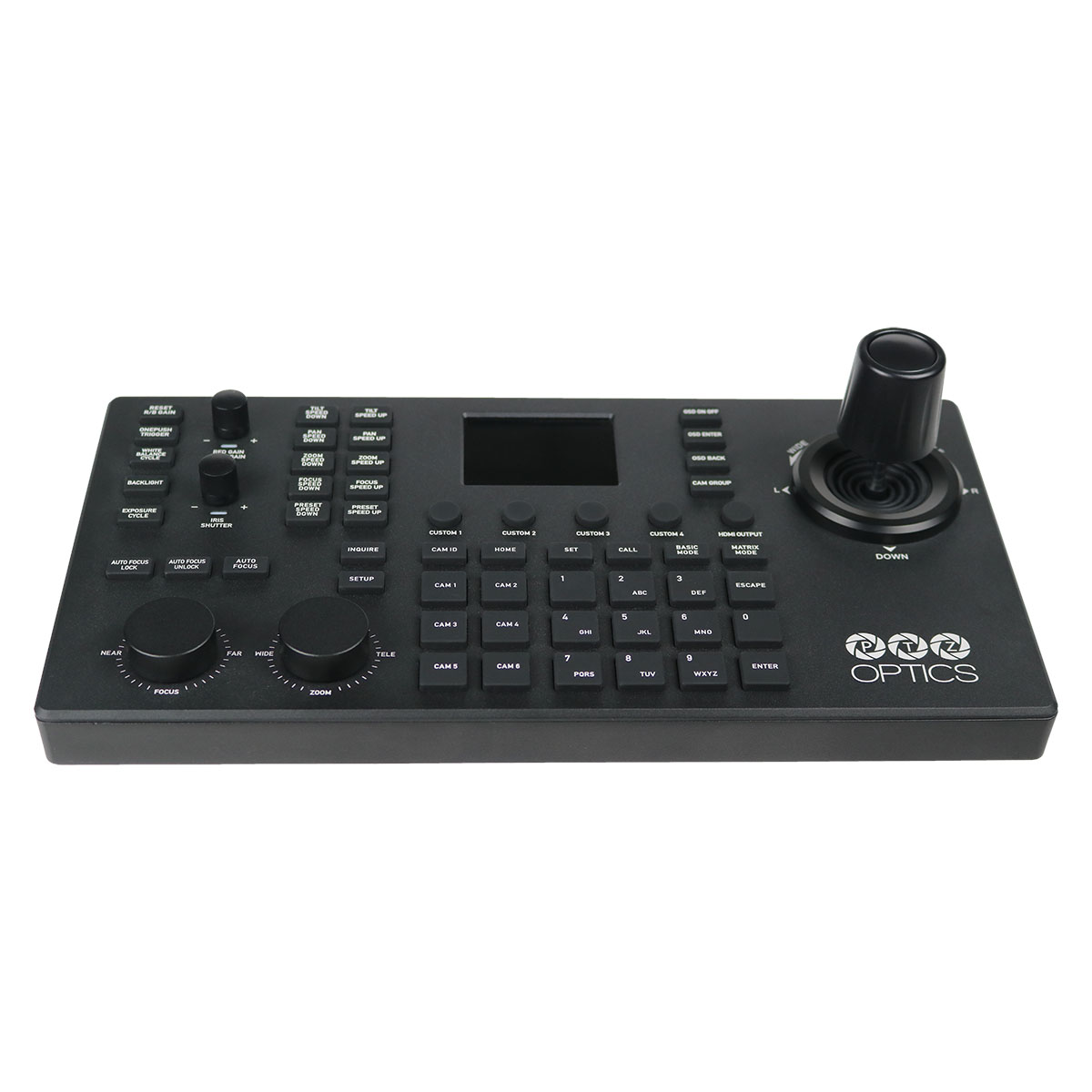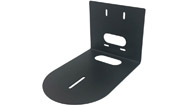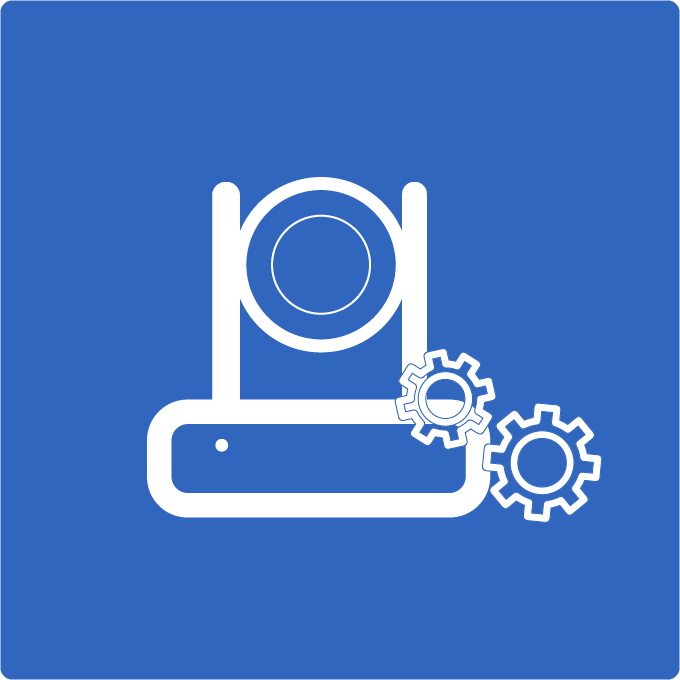Welcome to the PTZOptics outdoor camera enclosure installation blog post. This video is part 2 of our outdoor PTZ camera enclosure series. Please refer to part one of this video series explained here and the camera enclosure manual to learn more about how to properly install your PTZOptics camera into an outdoor enclosure.

NOTE: PTZOptics is not responsible for the improper mounting of this enclosure. We highly recommend working with an insured professional audiovisual integrator to properly mount this enclosure.
For outdoor PTZ camera installations, we highly recommend the PTZO-HB. The HB in the enclosure part number stands for Heater Blower and this device will help prevent fog and condensation that can build up on the enclosure lens. When you are planning to mount the enclosure to an outdoor surface it’s important to mount the enclosure 100% vertical so that when the cameras panning left or panning right, you end up with a level horizon. Mounting the camera enclosure on a vertical surface makes sure there are no discrepancies between left and right camera panning operations. With a project like this, it’s always best to start with a site survey. If you are working with a professional audiovisual integrator, take plenty of pictures to share with them exactly where you would like to enclosure mounted.
NOTE: The PTZO-HB enclosure does require power for operation. You should consult a licensed electrician to connect power to this enclosure.
Once your site survey is complete, you can review the included hardware with the enclosure. Professional installation teams will start by drilling any holes required for cable pathways to your video production hardware. This could include holes for passing through SDI, Ethernet, or RS-485 cabling to your press box or video production room. Remember that all cabling will need to be un-terminated before passing through the weather-tight holes on the side of each enclosure. Once the cables have made their way through to the inside of your enclosure, you can terminate the ends for a proper connection.

Next, you can connect your enclosure to the surface with the included hardware. For hard surfaces, we suggest using anchors with the included toggle-bolts. Once your enclosure has been securely mounted your vertical surface you can run your cables through the weather-tight conduit feeds. You will notice on the side of each unit that there is a weather-tight cable pathway you can use to extend Ethernet, SDI, and other cables through to connect to your camera. Once you have decided which cables you want to bring into your enclosure and you can start by pulling the wires through this weathertight port. Once the raw cables are inside your enclosure you can terminate the cables and add the connection ends. To assure an airtight seal, consider using caulk around the wires and cables, coating the entire plug surface with sealant.

Next, you can mount your PTZOptics camera to the black camera bracket using the center hole with the included quarter-twenty screw and a single washer. Next, you can mount your camera with the attached brackets inside the enclosure with the set screws you have laid out. Once your camera is firmly mounted inside the enclosure you can connect the cables you have into your camera. Before closing the enclosure make sure everything is working properly. Once you have confirmed all cabling is working you can close your enclosure using the Philips head screwdriver or electric drill you used to open the unit.

Note: It is possible to attach this camera enclosure to a large Tripod or speaker stand. This is ideal for outdoor streaming scenarios where you want to protect your camera for the elements. The Dotworkz enclosures are available with adapters that can be used with TriPods, Speaker Stands and truss pipes. Please refer to the enclosure manual for more information on how to you can use outdoor tripod stands with this enclosure.
WARNING: Carefully read through the entire Dotwokz manual to ensure that you have been taking all steps of the installation process into account. This video is only intended to guide experts who have already read through the included manual.


















